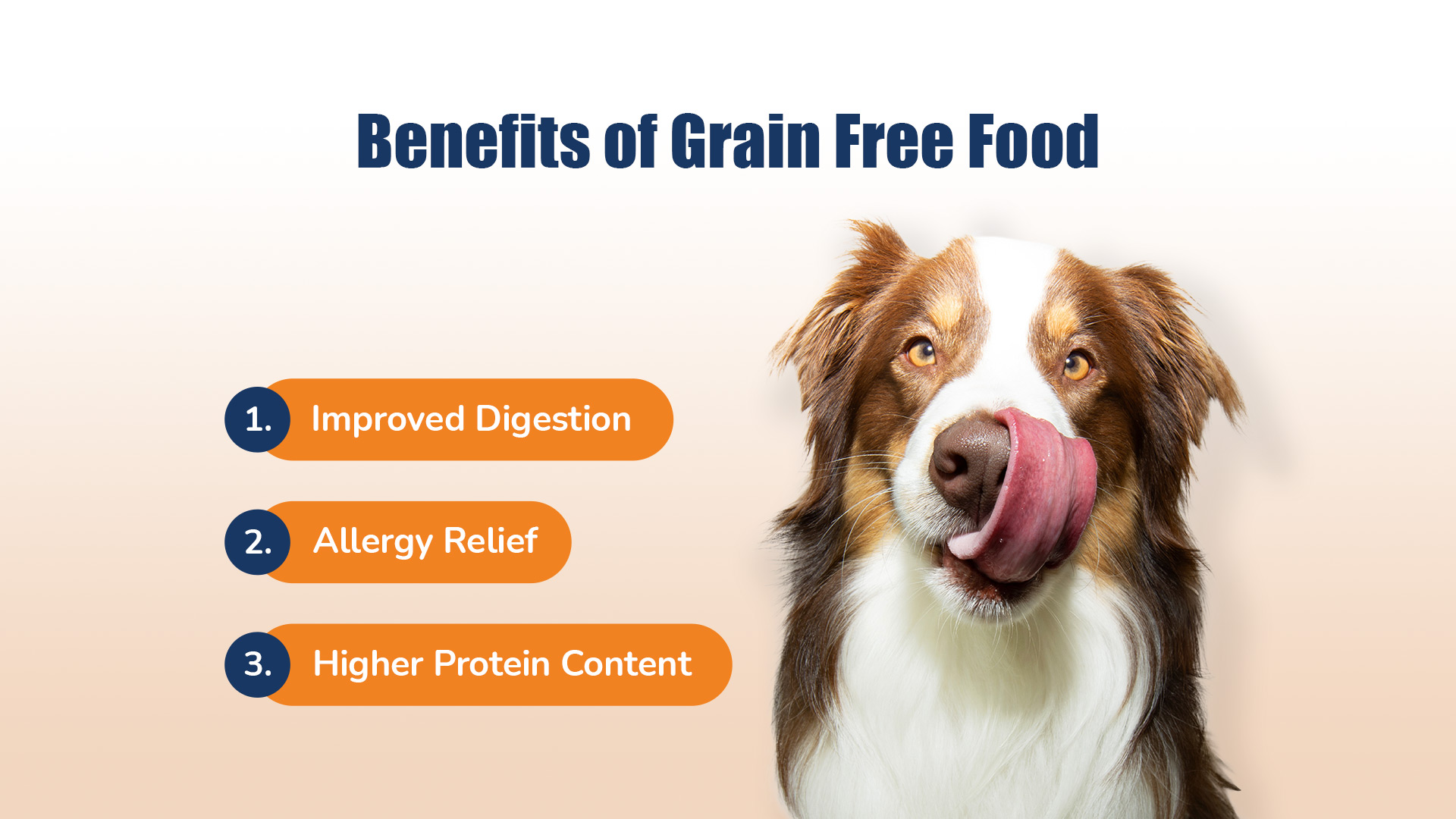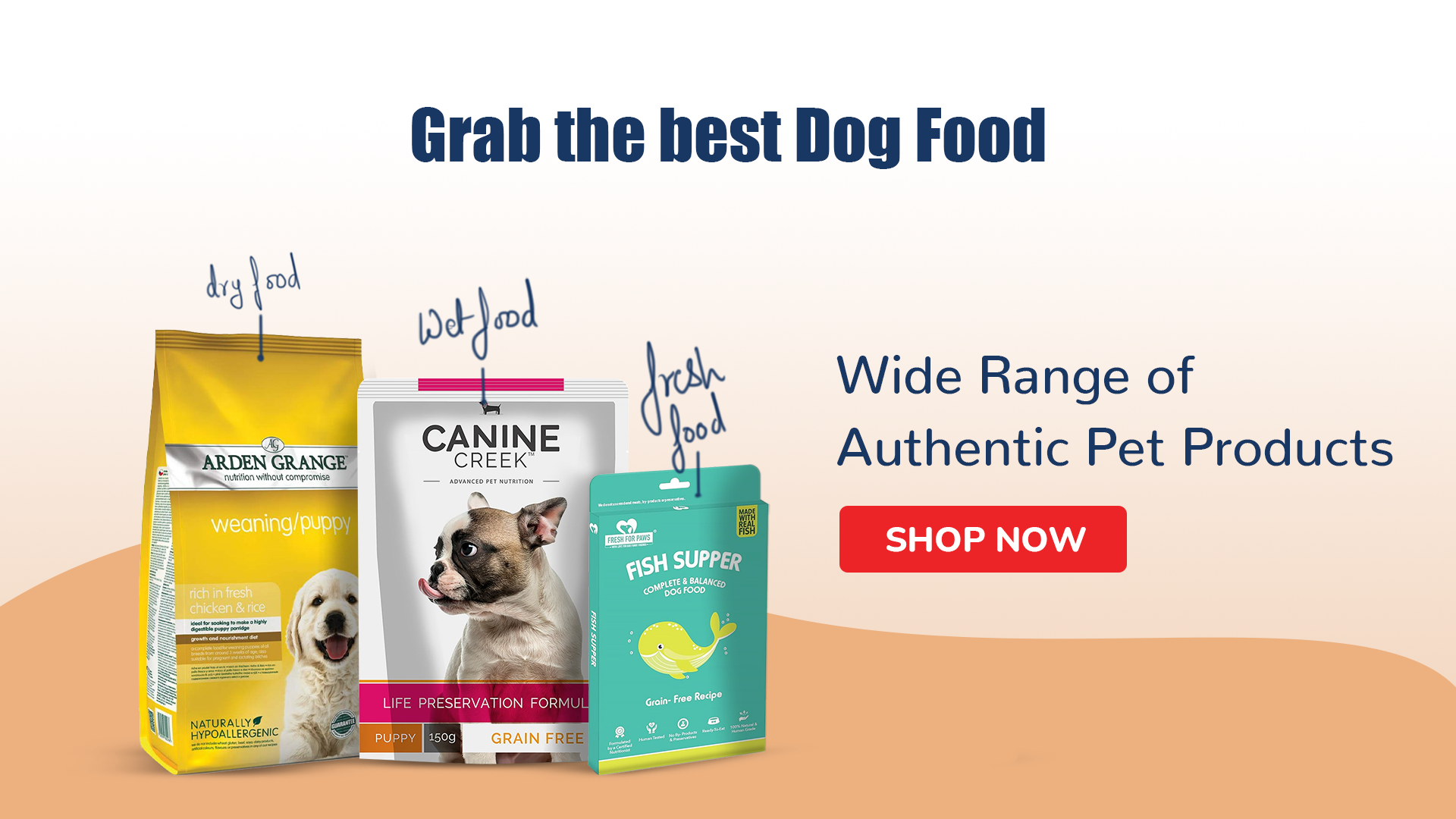Choosing the right diet for your dog is essential for their long-term health and happiness. One of the most popular choices these days is grain-free dog food, but is it really the best option for your pet? This article will help you understand what grain-free dog food is, its benefits, potential drawbacks, and how to choose the right one for your furry friend.
Understanding Grain-Free Dog Food
What is Grain-Free Dog Food?
Grain-free dog food is a type of pet food that excludes common grains like wheat, corn, rice, and barley. Instead, it uses alternative ingredients such as sweet potatoes, peas, or lentils as sources of carbohydrates. The idea behind this approach is to create a more natural, meat-based diet that aligns with a dog's evolutionary history as a carnivore.
Why Consider Grain-Free Dog Food?
Many pet owners opt for grain-free diets for several reasons:
- Digestive issues: Some dogs have trouble digesting grains, which can lead to stomach discomfort or other gastrointestinal problems.
- Allergies: Grains are among the top allergens in dog food, so removing them may help reduce symptoms like itching or ear infections.
- Nutritional preferences: Some believe that a grain-free diet better reflects what dogs would eat in the wild, focusing on proteins and vegetables.
Benefits of Grain-Free Dog Food
Improved Digestion
For some dogs, grain-free food can be easier on the digestive system. Grains like wheat and corn are harder to break down, while alternatives like sweet potatoes and peas are more digestible. This can result in firmer stools and fewer tummy troubles.
Allergy Relief
If your dog suffers from food allergies, switching to a grain-free diet might offer relief. Common allergens such as wheat and corn are often eliminated, which can reduce symptoms like skin irritation and chronic ear infections. However, it's important to work with your vet to determine if the allergy is truly caused by grains or something else.
Higher Protein Content
Many grain-free formulas are packed with protein, which is great for active dogs. These foods often feature chicken, beef, or fish as the main ingredient, supporting muscle development and overall energy levels.

Potential Drawbacks of Grain-Free Dog Food
Nutritional Imbalance Concerns
Not all grain-free dog foods are nutritionally balanced. Some may lack essential vitamins and minerals if they rely too heavily on certain plant-based ingredients. Always check for AAFCO certification to ensure the food meets your dog’s nutritional needs.
Higher Cost
Grain-free dog food tends to be more expensive than traditional kibble. This is because it often uses higher-quality ingredients and avoids cheap fillers. While the health benefits may be worth it, budget-conscious pet owners should consider this when making a choice.
Heart Disease Risks
Recent studies have linked some grain-free diets to canine dilated cardiomyopathy (DCM), a serious heart condition. Researchers suspect that high levels of legumes like peas and lentils may play a role. It’s important to choose reputable brands and consult your veterinarian before making the switch.
Choosing the Best Grain-Free Dog Food
Top Brands for Grain-Free Dog Food
Several trusted brands offer high-quality grain-free options. Some of the most popular include:
- Fresh for Paws
- Canine Creek by Drools
- N&D by Farima
- Fabled
- Taste of Wild
What Makes a Dog Food Truly Grain-Free?
To ensure a product is genuinely grain-free:
- Check the ingredient list – look for meat, fish, or poultry as the first few ingredients and avoid any mention of grains.
- Look for certifications – many brands clearly label their products as grain-free.
- Consult your vet – they can help you choose the best option based on your dog’s health and dietary needs.
Best Grain-Free Dog Food for Specific Needs
For Dogs with Skin Allergies
If your dog has sensitive skin or allergies, look for grain-free foods that contain:
- Omega fatty acids – such as those found in fish oil or flaxseed, which support skin and coat health.
- Limited ingredients – to help identify and avoid specific allergens.
Recommended Products:
- Hypoallergenic by Farmina (Vetlife)
- Ultrahypo by Farmina (Vetlife)
- N&D by Farmina Grain Free Quinoa
- Taste of the Wild, Smoked Salmon
For Active and High-Energy Dogs
Active dogs need a diet rich in protein and healthy fats. Look for:
- High-protein content – the main ingredient should be a quality animal protein like chicken or salmon.
- Nutrient-dense formulas – these provide extra vitamins and minerals to support energy and performance.
Recommended Products:
- Orijen Grain Free Dog Food
- Acana Grain Free Dog Food
- N&D Grain Free Dog Wet Food
Homemade Grain-Free Dog Food Options
Benefits of Homemade Grain-Free Dog Food
Preparing homemade grain-free meals gives you full control over what goes into your dog’s food. Benefits include:
- Customization – tailor the recipe to your dog’s specific needs or preferences.
- Quality control – use fresh, whole ingredients without artificial additives.

Recipes and Tips
When making homemade grain-free dog food:
- Consult your vet – ensure the recipe is nutritionally balanced and safe for your dog.
- Use high-quality proteins – like chicken, turkey, or lamb, along with non-toxic vegetables like carrots or zucchini.
- Avoid harmful ingredients – never feed your dog onions, garlic, chocolate, or grapes.
Frequently Asked Questions (FAQs)
1. Are there any risks associated with grain-free dog food?
Yes, some risks include potential nutritional imbalances and links to heart disease. Always choose a reputable brand and talk to your vet before making a change.
2. How do I transition my dog to a grain-free diet?
Gradually introduce the new food over 7–10 days by mixing it with your dog’s current food. Monitor your dog closely and consult your vet if you notice any changes in behavior or digestion.
3. Can grain-free dog food help with my dog’s allergies?
It may help if your dog is allergic to grains, but not all allergies are caused by grains. Your vet can run tests to determine the exact cause and recommend the best course of action.
4. Is grain-free dog food more expensive?
Yes, grain-free dog food is typically more expensive due to the use of premium ingredients and the absence of cheap fillers. However, the cost can vary depending on the brand and formula.
Side View Cameras,Vehicle Hd Side View Camera,Bus Side View Camera,Blind Side View Camera
Vsstech Co.,Ltd. , https://www.vsstechcctv.com